With temperatures dipping below zero in parts of Britain, it's time to think about how to protect yourself, and your car, for winter driving.
WINTER CAR MAINTENANCE
Winter driving puts an increased strain on both you and your car, so it's important to make sure that everything is in good order.
A few simple checks can greatly reduce the chance of a breakdown, as well as potentially making your car easier and less stressful to drive in ice and snow.
Fixing something that's relatively inexpensive now, after all, might help you avoid a much more costly failure in the colder conditions – or prevent you from having to pay a big recovery fee after becoming stranded somewhere.
To ensure you don’t fall foul of the conditions, here's our list of recommended winter car maintenance tips.
The bare essentials
As a minimum, make sure you have done all your regular checks before winter sets in. Check your car's oil level, coolant level, tyre pressures and lights. If your car hasn't been serviced for some time, it might be worth getting it done before winter sets in. It'll help ensure that everything's in good order before the temperature falls.
Now's also the time to attend to any mechanical or electrical faults because they could bring your car grinding to a halt in the worst possible weather. Test all your car's systems as well because you don't want to find out later that things like your heated rear windscreen have failed.
Check your antifreeze
If your car's cooling system doesn't have the correct amount of antifreeze in it, you could experience a major failure when the thermometer starts falling below zero.
Get an antifreeze tester from your local motor factors and check your handbook to see what the mixture should be, and what kind of antifreeze you should be using. Any local dealer or garage will be able to test it for you, if need be.
Inspect the rest of the cooling system as well to ensure that the radiator, coolant hoses and water pump are free from leaks or visible damage.
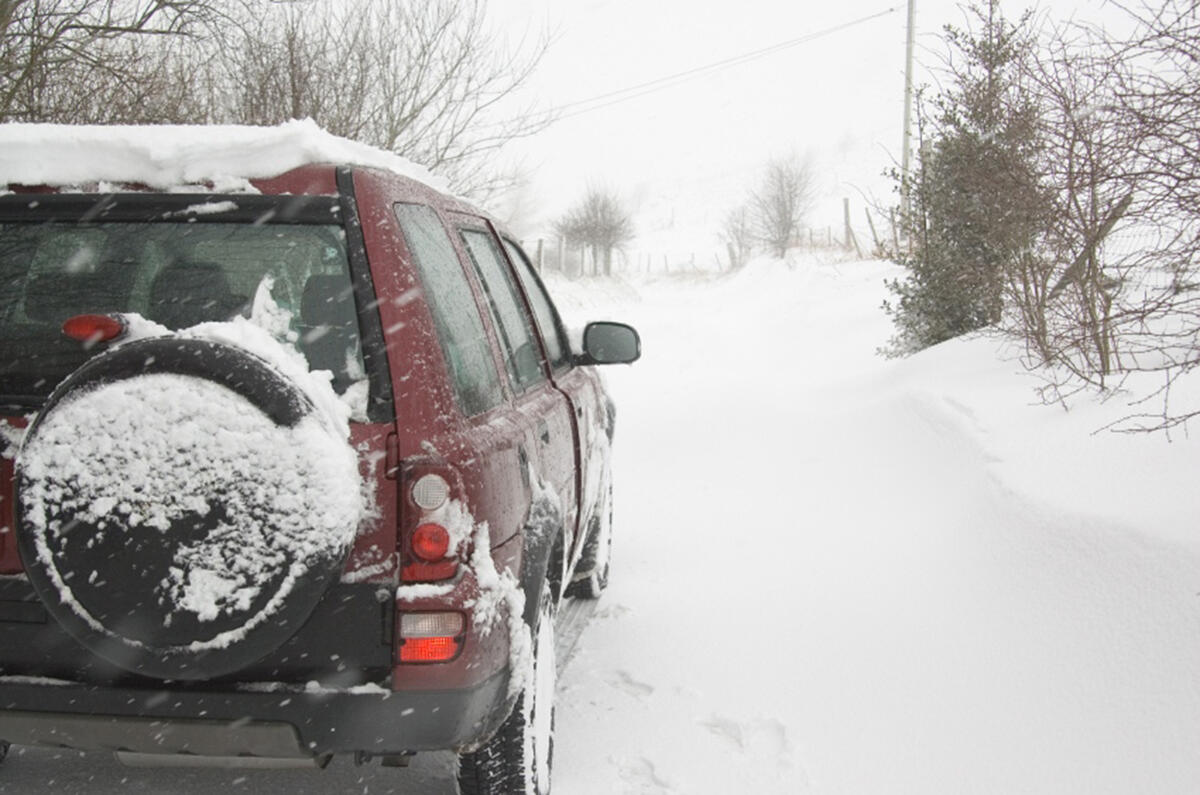
Take care of your car's battery
The cold can take its toll on your car's battery, even more so if you're not driving regularly. If you find your car slow to start as the temperature falls, your battery is most likely on its way out. So if you've any doubts about the condition of the battery, get it tested by a local dealer or garage.
If your car's battery goes flat if you leave it for several days because of a fault or a drain caused by an alarm system, consider investing in a trickle charger to keep it topped up – or get an automotive electrician to resolve any issues.
Keep your lights bright
As well as making sure all your lights work properly, if you know your car's light lenses are damaged or faded then consider picking up a decent scratch repair kit for around £14.99. Carry a set of spare bulbs in your car, too, to avoid getting caught out.
Older cars may also benefit from an upgrade to more powerful bulbs in order to improve visibility, but make sure to choose compatible and appropriate bulbs.
Inspect your brakes
Rattles, squeals, shakes, a soft brake pedal and a noticeable increase in stopping distance are all signs that your car's braking system is in need of attention.
Stopping distances are vastly increased on icy or snowy roads, and worn or faulty brakes will only exacerbate them further - so it's best to get them looked at.
Give your tyres a once-over
The condition and quality of your tyres will make a dramatic difference to how your car performs on wintery roads. If the tread is low, the sidewalls are damaged, you've a slow puncture or they're a budget brand, you may find your car much harder to control.
Check them over carefully and replace them if the tread is low or if there's any sign of damage. You may also want to consider changing to high-quality tyres, if possible.
Maintain your visibility
One of the biggest dangers in winter is a lack of visibility. Replace any wiper blades that are in poor condition with high-quality items, top up your washer fluid with winter-mixture screenwash and carry clean cloths to wipe down your glass and side mirrors.
It's advisable to carry additional screenwash in the car. Running out can quickly lead to your windscreen becoming obscured by salt and grime. You may also want to get any windscreen chips or cracks looked at, as the cold could lead to them becoming much more severe.
Lubricate seals, locks and hinges
The cold temperatures can cause doors to stick to weather seals, in turn making the doors hard to open or even damaging the seals themselves. Don't use Vaseline to lubricate the seals because it will degrade the rubber. Use a quality rubber care stick like Gummi Pflege instead.
It's worth taking a minute to go around the car with a can of silicone lubricant as well, and spraying it in to hinges, locks and linkages. It'll stop things sticking when the temperature falls. Don't use WD-40 though because it's not a suitable substitute for proper lubrication.
Pack a survival kit
After you’re done prepping your car for winter, take time to prepare in case the worst happens. Pack a bag with spare bulbs, jump leads, a torch, a decent tow strap, a high-visibility vest, warm clothes, a charger for your phone, some chocolate and some bottled water. Even if you only get stuck in a jam, they could come in handy.
If your area experiences regular or occasionally severe snowfall, consider carrying some wooden planks, a shovel and some old carpet; all of this can be used to help get a stuck car moving.
It may be beneficial, if you have them, to pack a small selection of tools and spares - like a bottle of coolant, oil and an ancillary belt.
Consider winter tyres
The UK has one of the slowest uptakes for winter or all-weather tyres in Europe. As soon as temperatures drop below 7deg C, winter tyres are proven to reduce stopping distances and make your car easier to control.
Click here for more information on the benefits of using winter tyres
Winter tyres are expensive but they're well worth it, and if you're going to be doing a lot of travelling it'll make driving a lot safer and less stressful. You can find more information on winter tyres by scrolling down this page.
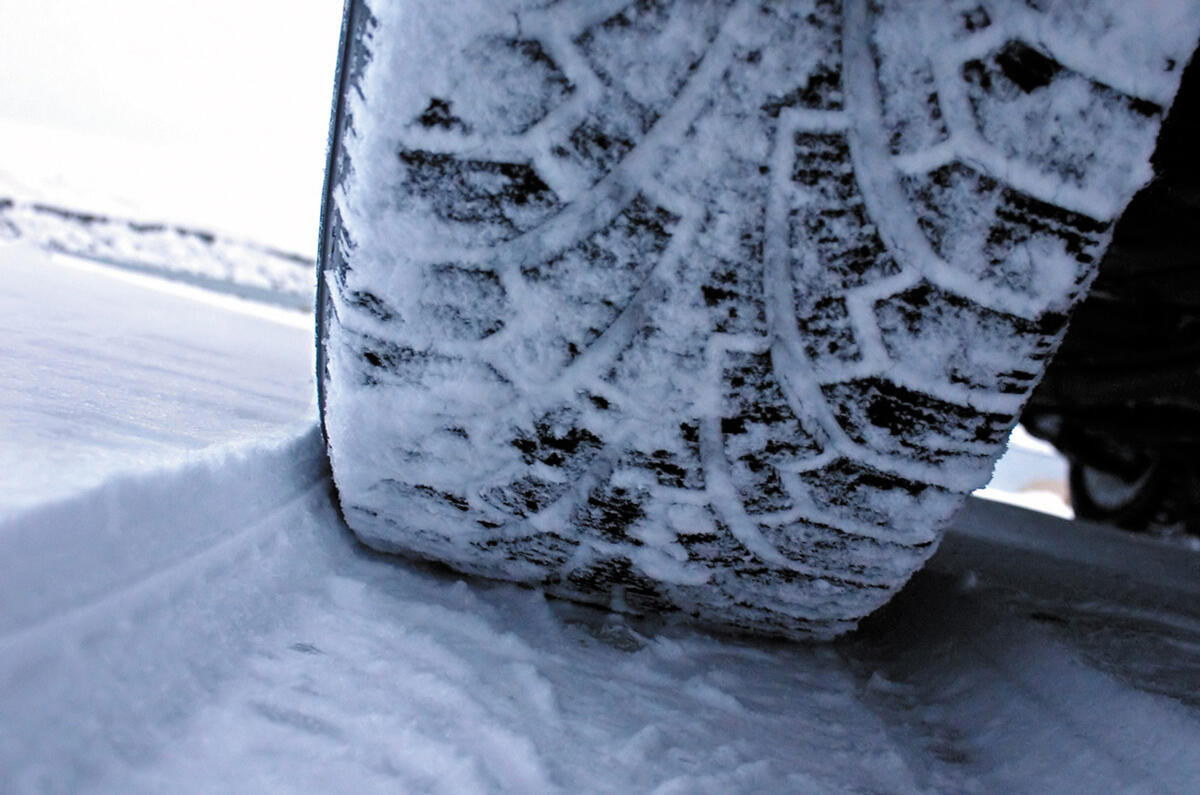
Opt for snow chains, socks or mats
If you live in an area with regular amounts of high snowfall then a set of chains could ensure you don’t get stuck. A decent set can be had from upwards of £50 online; with practice they can be fitted in minutes.
Snow socks serve a similar purpose and can give you enough grip and traction to drive safely across snow-covered roads. They're unpleasant to handle when they've been used though, so remember to carry disposable gloves and a bin liner or two to put them in afterwards. As with chains, don't continue driving on them once you've reached clean asphalt.
Those needing something just to get them moving could consider a set of inexpensive snow mats. Alternatively, just carry some offcuts of old carpet in the boot for emergencies.
Protect your car's paint and metalwork
The grit laid down to help de-ice roads can cause corrosion, so treat any rust, touch up any paint chips or damage and wax your car comprehensively, if you can, before the winter season starts.
It's sensible to pressure wash the underside of your car regularly too, to blast off any salt and solution that could potentially corrode your car's underside.

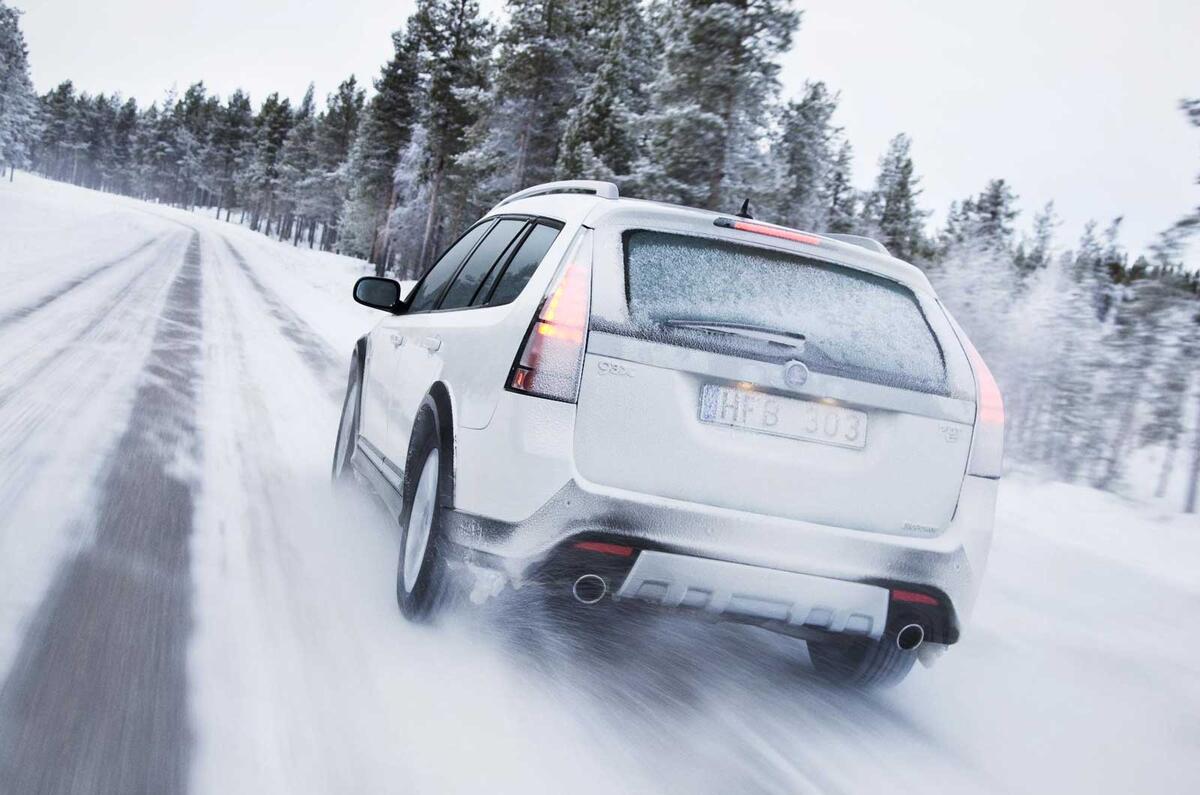
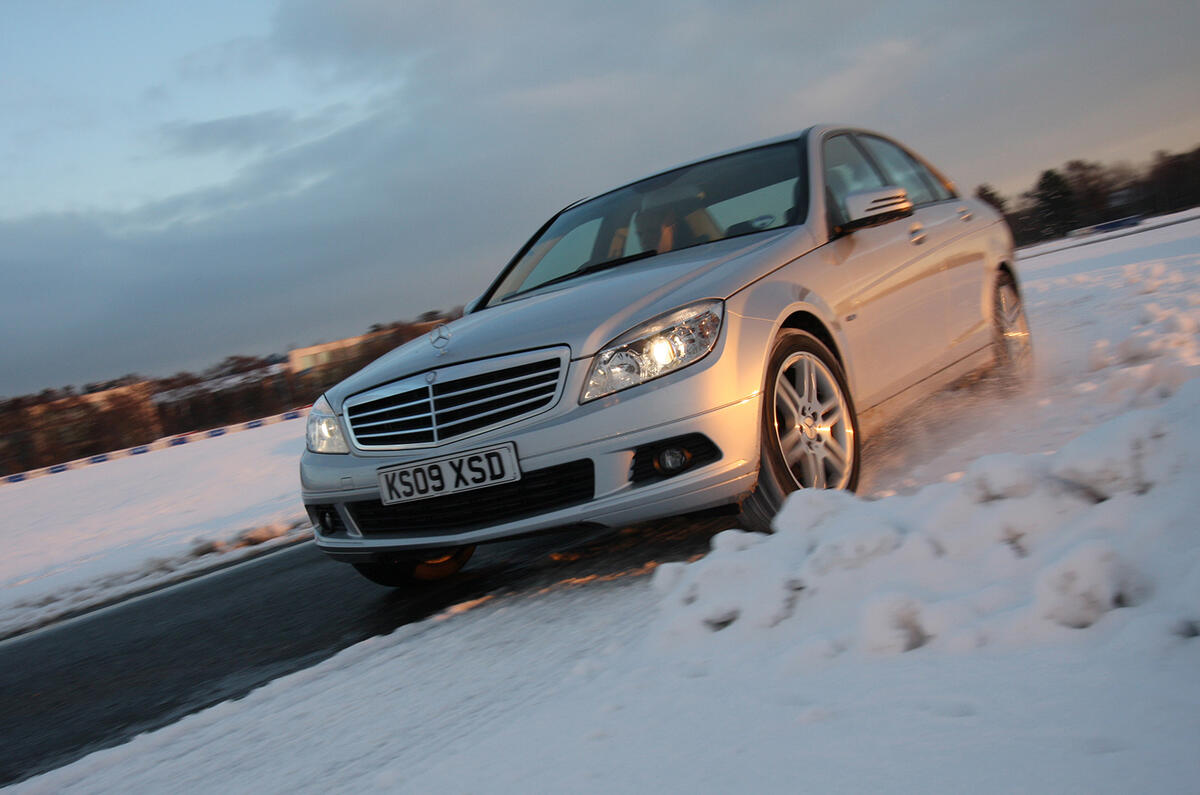
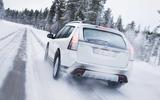
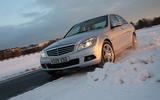


Join the debate
Add your comment
Winter tyres
Winter tyres are excellent.
I have had a second set of wheels fitted with winter tyres for my cars for over ten years now and cannot understand why they are not mandatory. All cars improve signifcantly in cold weather with them fitted. Think of it this way; you have more than one pair of shoes don't you?
If, as Autocar regularly encourage, you are driving something powerful, rear drive with wide, large diameter low profile tyres, your car will be hopeless in snow and ice. You need narrower wheels fitted with winter tyres.
If, as Autocar regularly discourage, you are driving a Subaru, pop a set of winter tyres on and you are unstoppable, at least until you come across the stranded BMWs that inevitably block the roads.
Winter Care Maintenance
Try Russian Winter !!
Mist important is having MINUS 30-40 washer liquid for screen cleaning. This year we have already been down in the low 20's (minus) and for four months we rarely get out of the minus C territory